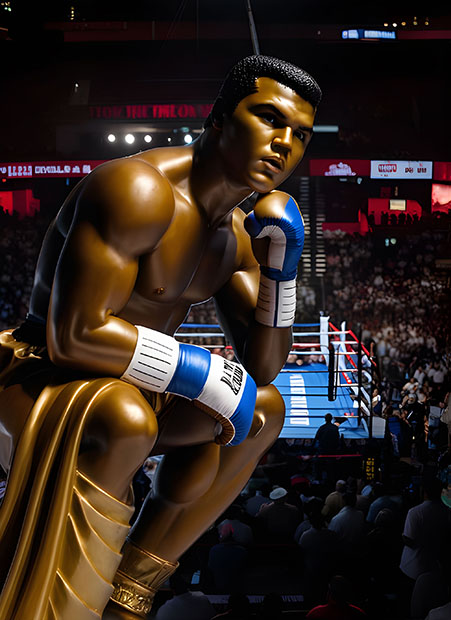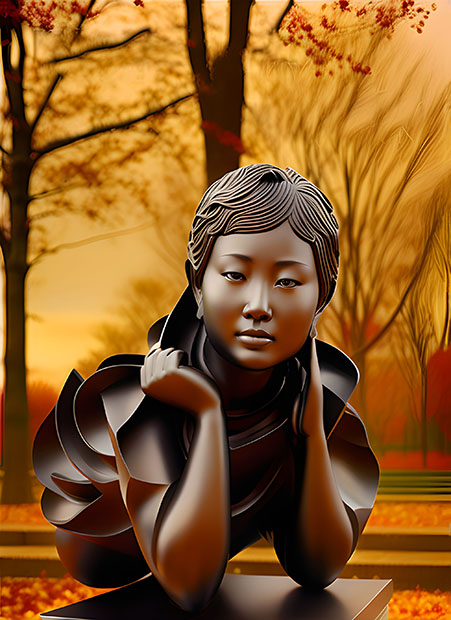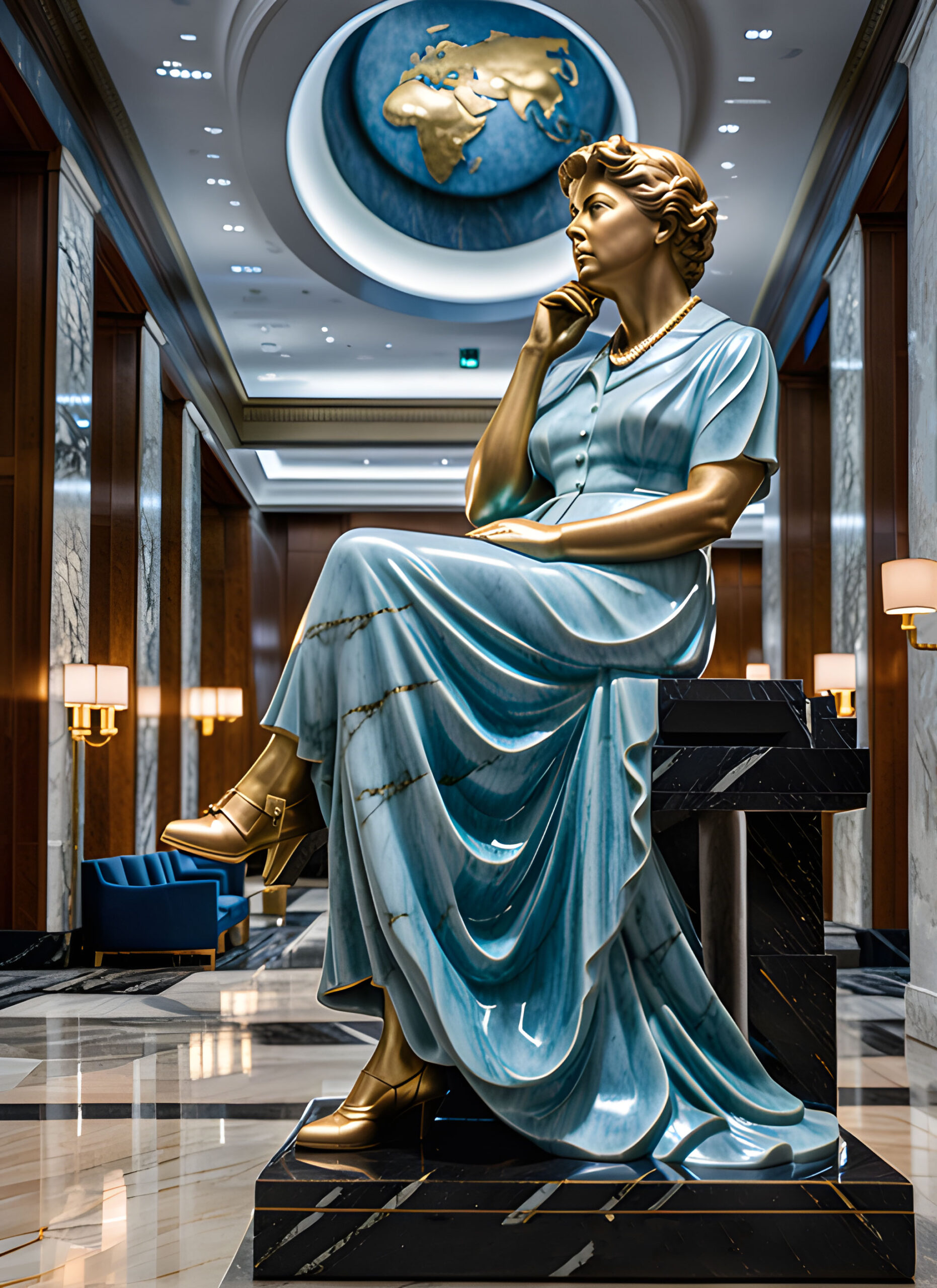Eleanor Roosevelt transformed the role of First Lady into a platform for social change and became one of the most influential advocates for human rights in the 20th century. Born into New York’s aristocracy, she developed her social conscience working in settlement houses, where she witnessed firsthand the struggles of impoverished families.
As First Lady during the Great Depression and World War II, Roosevelt revolutionized the position through unprecedented political engagement. She held women-only press conferences, wrote a daily newspaper column called “My Day,” and traveled extensively to report conditions back to the President. Her advocacy extended to civil rights, famously resigning from the Daughters of the American Revolution when they refused to allow Marian Anderson to perform, and instead arranging for the African American singer to perform at the Lincoln Memorial.
After FDR’s death in 1945, Roosevelt embarked on what many consider her greatest work. As U.S. delegate to the newly formed United Nations, she chaired the Human Rights Commission, where she led the creation of the Universal Declaration of Human Rights. She spent over 3,000 hours in contentious deliberations, skillfully navigating Cold War tensions to achieve consensus between Western and Soviet bloc nations.
In her final years, President Kennedy appointed her to chair the first Presidential Commission on the Status of Women, continuing her lifelong fight for gender equality. Her legacy as “First Lady of the World” remains a powerful reminder of how one person’s dedication can advance human dignity and social justice.
Eleanor Roosevelt’s Statue
The statue portrays Roosevelt in luminous blue-tinted metal, seated in a contemplative pose beneath a striking globe motif. Her flowing dress creates elegant folds that catch the light, while her thoughtful expression and hand positioned near her chin capture her characteristic reflective nature. Set within a marble-lined corridor with warm lighting from wall sconces, the piece creates a powerful dialogue between intimate contemplation and global impact. The dramatic lighting emphasizes both the statue’s metallic sheen and the rich blue tones of the globe above, symbolizing her worldwide influence on human rights. Her seated position on a black marble base suggests both authority and accessibility, while the polished floor beneath creates mirror-like reflections that add to the piece’s ethereal quality.
More Thinkers to Explore

Muhammad Ali

Maya Lin

John Lennon

